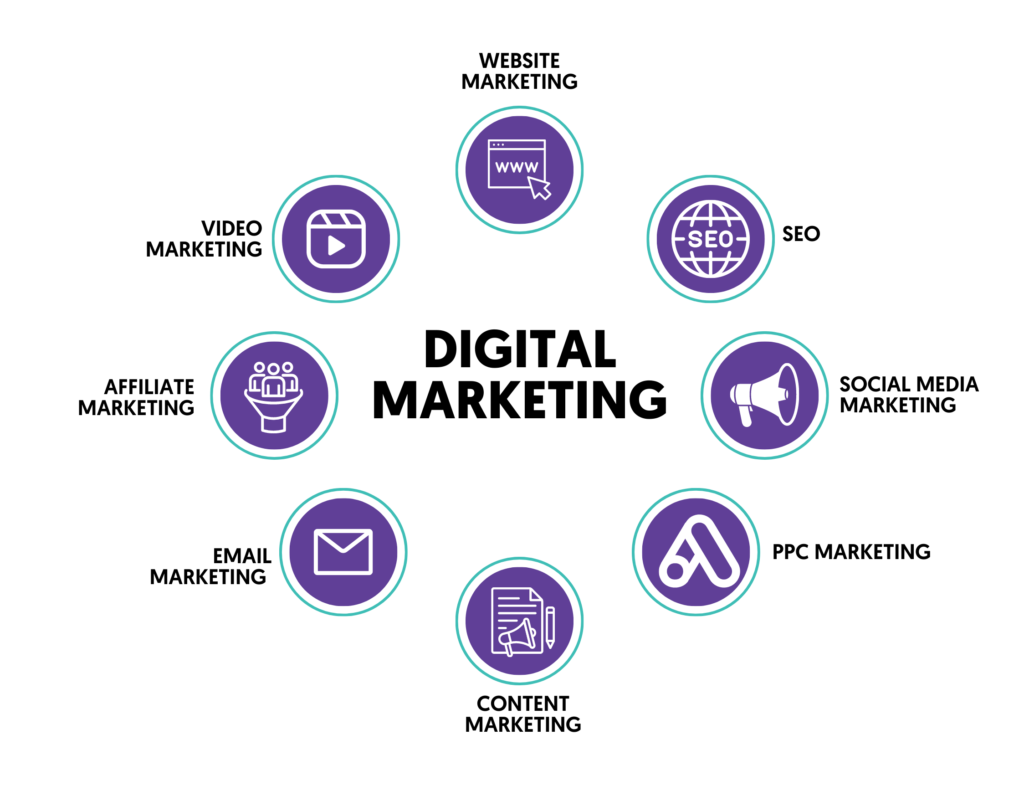HOME

MISSION

AIM
We provide and support amazing online projects that help in online earning and change the lives of people from across different regions of the world.
“Welcome to TOPXLANCER, your ultimate guide to unlocking the potential of online earning! Whether you’re looking to start a side hustle, launch a full-time digital career, or explore passive income streams, we provide actionable insights, resources, and tools to help you succeed. From freelancing and affiliate marketing to e-commerce and content creation, discover proven strategies tailored for beginners and seasoned earners alike. Join us on the journey to financial freedom and learn how to turn your passion into profit in the ever-growing digital economy!”
TYPES OF BLOG ON OUR WEBSITE
Digital Marketing
Digital marketing has revolutionised the way businesses interact with their customers. With its wide-reaching capabilities, precise targeting, and cost-effectiveness, it provides opportunities for both small and large companies to thrive in the digital age. Embracing the dynamic world of digital marketing is no longer optional—it’s essential for staying competitive in the ever-evolving business landscape.

Digital Marketing
Digital marketing refers to the use of online platforms, tools, and strategies to promote products or services. Unlike traditional marketing, which involves physical advertising methods such as billboards, TV, or print, digital marketing relies on the internet and digital technologies, reaching consumers on their laptops, smartphones, and other digital devices.
In the modern era, digital marketing has become essential for businesses of all sizes due to its broad reach, cost-effectiveness, and the ability to target specific audiences with precision. With over 5 billion internet users worldwide, companies can now reach customers globally with just a click.

Types of Digital Marketing
Digital marketing is not a one-size-fits-all approach. It includes various types that cater to different business needs. Some of the most effective forms include:
Search Engine Optimisation (SEO): SEO is the practice of optimising websites to rank higher on search engine results pages (SERPs), increasing organic (non-paid) traffic. By using specific keywords and quality content, businesses can appear at the top when potential customers search for relevant products or services.
Content Marketing: Content marketing involves creating and sharing valuable, relevant content to attract and engage an audience. This includes blog posts, videos, podcasts, info graphics, and eBooks, which not only build brand awareness but also establish a business as an industry leader.
Social Media Marketing: Platforms like Facebook, Instagram, Twitter, LinkedIn, and TikTok are powerful tools for businesses to engage with their audience, share updates, promote products, and build a loyal customer base. Social media allows for both organic reach and paid advertising through targeted ads.
Email Marketing: Email marketing is one of the most direct forms of communication with customers. By sending personalised emails, businesses can nurture leads, retain customers, and increase sales through tailored campaigns and newsletters.
Pay-Per-Click Advertising (PPC): PPC advertising allows businesses to place ads in front of potential customers via platforms like Google Ads. Advertisers pay each time someone clicks on their ad, making it a cost-effective way to drive traffic and conversions.
Affiliate Marketing: In affiliate marketing, businesses collaborate with influences or third-party websites to promote their products or services. In return, the affiliate earns a commission for every sale or lead generated through their marketing efforts.
Fiverr
Fiverr, one of the most popular freelancing platforms globally, continues to transform how businesses and independent professionals collaborate. Founded in 2010, Fiverr offers a streamlined marketplace where freelancers (referred to as sellers) provide services or “gigs” starting at $5, though prices now vary widely based on the type and complexity of services. With its user-friendly interface, Fiverr has become a go-to platform for businesses seeking on-demand solutions across industries such as design, digital marketing, technology, and writing. Let’s explore how Fiverr works, its benefits, challenges, and how freelancers can thrive on the platform in 2024.
How Fiverr Works

- Setting Up a Profile and Creating Gigs
Freelancers create profiles and list services as gigs. Each gig includes:- A title and description of the service
- Pricing tiers (basic, standard, premium)
- Delivery times and add-ons (extra services or fast delivery)
- Portfolio samples, FAQs, and client reviews
- Clients Browse and Order Services
Clients (called buyers) search for services by category or keywords. Once a buyer selects a gig, they place an order by paying upfront. Fiverr holds the payment in escrow until the seller delivers the service. - Order Fulfillment and Delivery
Sellers deliver completed work through Fiverr’s messaging platform. Buyers can accept the delivery or request revisions, depending on the agreed terms. - Payments and Fees
Fiverr takes a 20% commission on every sale, and funds become available to sellers 14 days after order completion (7 days for top-rated sellers). Freelancers can withdraw their earnings via PayPal, Payoneer, or bank transfer.
Popular Categories on Fiverr
Fiverr offers an expansive range of services, including:
- Graphic Design: Logo design, branding, illustrations
- Digital Marketing: SEO, social media management, PPC ads
- Writing & Translation: Content creation, copywriting, translation
- Programming & Tech: Website development, app development, AI tools
- Video & Animation: Explainer videos, 3D animation, video editing
- Lifestyle: Coaching, astrology readings, relationship advice
Task Posting and Bidding: Businesses create tasks and post them on the platform with detailed requirements, location, and payout information. Examples of tasks include verifying product displays, capturing photos of store aisles, conducting customer surveys, or checking store stock levels. Tasks are then available on the app for Gigwalkers within that geographic area.
Gigwalk
Gigwalk is a mobile-based platform that connects businesses with a network of on-demand workers (often called “Gigwalkers”) to perform various short-term, location-based tasks. These tasks can range from collecting data at specific retail locations to conducting quality control checks, all aimed at helping businesses gather insights or ensure standards across different sites. Here’s a deeper look into Gigwalk’s setup, functionality, and its impact in the gig economy.
Overview of Gigwalk
Founded in 2010, Gigwalk enables companies to scale up a temporary workforce efficiently without the administrative complexity of traditional hiring. Businesses post tasks on the platform, which are then available to Gigwalkers, who complete them for a set fee. The model emphasizes flexibility, allowing companies to use Gigwalk’s workforce as needed, while offering workers the freedom to pick up tasks in their area whenever convenient.
How Gigwalk Works
- Sign Up and Onboarding: To get started, companies and workers both need to sign up on the Gigwalk app. Gigwalkers complete an onboarding process, which typically involves downloading the mobile app, creating a profile, and entering bank details for payment.
- Task Posting and Bidding: Businesses create tasks and post them on the platform with detailed requirements, location, and payout information. Examples of tasks include verifying product displays, capturing photos of store aisles, conducting customer surveys, or checking store stock levels. Tasks are then available on the app for Gigwalkers within that geographic area.
- Task Acceptance and Completion: Once a Gigwalker accepts a task, they visit the specified location, complete the required actions, and submit proof through the app, typically via photos, checklists, or feedback forms. The platform often verifies the data before sending payment.
- Payment and Rating: After a Gigwalker completes a task, the company reviews the submission for quality and accuracy. Payment is processed through the app once the task is approved. Gigwalkers are rated based on performance, which helps them qualify for more tasks and improve their reliability on the platform.
Task Posting and Bidding: Businesses create tasks and post them on the platform with detailed requirements, location, and payout information. Examples of tasks include verifying product displays, capturing photos of store aisles, conducting customer surveys, or checking store stock levels. Tasks are then available on the app for Gigwalkers within that geographic area.
Types of Tasks on Gigwalk

- Retail Audits: Verifying product placements, displays, or prices in stores.
- Event Promotion: Checking brand presence or promotional materials at events.
- Mystery Shopping: Posing as regular customers to assess service quality or product availability.
- Data Collection: Gathering specific data, like stock levels or customer insights, directly in the field.
To Improve Your Life Standards


